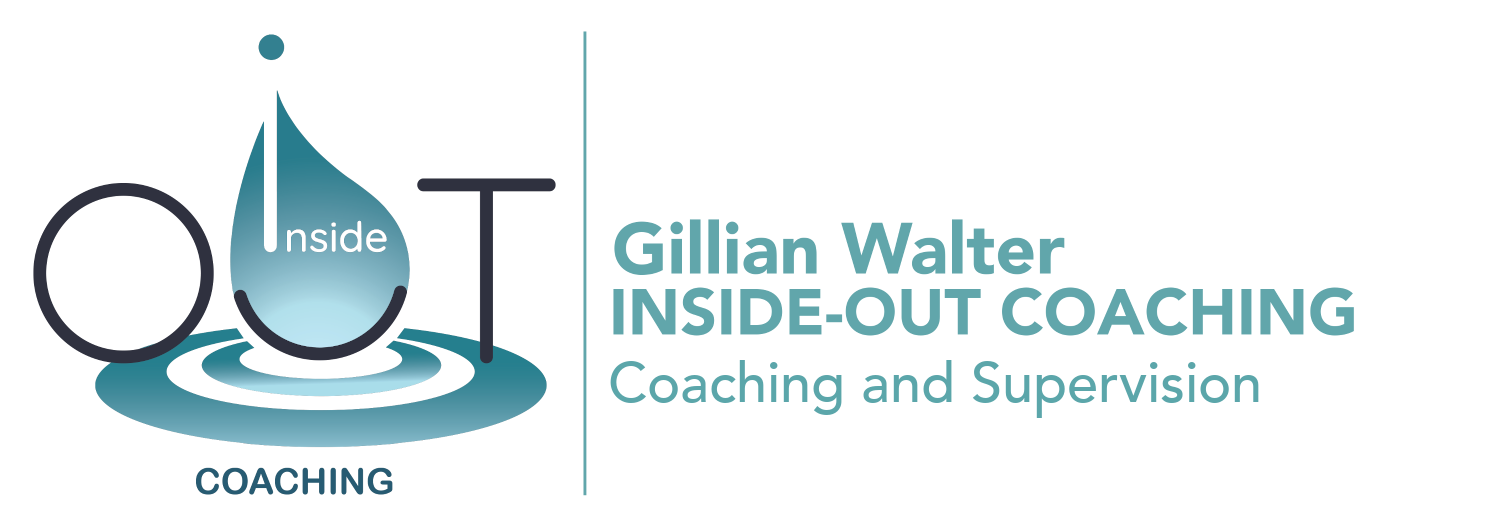
Demystifying the Differences Between Peer Coaching, Coaching Intervision, and Coaching Supervision
“We don’t see things as they are, we see them as we are.” – Anaïs Nin
As coaches, we hold space for deep change. But who holds that space for us?
Whether you’re just starting out or have been coaching for decades, there’s one truth that spans experience levels: great coaching requires great support. Yet it’s not always clear what that support should look like. Peer coaching, coaching intervision, and coaching supervision are all available—but what are they, really? And how do you know what you need?
Let’s demystify the differences.
Peer Coaching – Practice Partners
Peer coaching is often where we begin in coach training. It’s typically informal and reciprocal: two or more coaches take turns being coach, client and, sometimes, an observer, to practise coaching. This may include coaching techniques, a new model or coaching tool, then offer feedback. It’s a brilliant way to hone your skills, test out tools and techniques, and practise coaching competencies and presence in a low-stakes setting.
However, the risk is staying surface-level, practising the ‘doing’ rather than the ‘being’ of professional development and missing out on learning about yourself in challenging coaching cases and situations. Without structured reflection or deeper inquiry, patterns in your coaching interventions—and the potential for awareness around limiting beliefs, assumptions, and behavioural patterns—can go unnoticed.
Coaching Intervision – Shared Reflection
Coaching intervision (sometimes called peer supervision) is a more structured peer-led process, often in small groups. Together, coaches explore real client cases, often using structured reflective models to deepen insight and professional learning.
Commonly used models include:
The Seven-Eyed Model (Hawkins & Shohet), which explores the client system, the coach-client relationship, and the wider systemic influences.
The CLEAR model (Contracting, Listening, Exploring, Action, Review), which supports structured reflective dialogue.
Kolb’s Learning Cycle, used to reflect on coaching experiences and experiments.
The GROW model, adapted to focus on coaching development goals.
Tuckman’s Group Development Model, useful for noticing dynamics within the peer group itself.
These models provide structure and shared language. However, as professional bodies like APECS and EMCC Global note, without a qualified supervisor, peer groups may lack the containment, challenge, and psychological depth needed to explore complex issues like parallel process, ethical tension, or emotional entanglement. While intervision can be deeply nourishing when all members are committed and professional, its reflective potential depends on the group’s experience, safety, and self-awareness.
Coaching Supervision – Reflective Growth in Safe Hands
This is where the real depth lives.
Coaching supervision is a dedicated, confidential relationship with a qualified supervisor, recognised by professional bodies like the ICF, EMCC, Association for Coaching, and APECS. Supervision supports reflection-on-action, ethical thinking, emotional processing, and your development as a human first and practitioner second. Who you are is how you coach—and supervision helps you bring your most grounded, ethical, and creative self to your clients.
For me personally, supervision is non-negotiable. My 1:1 sessions are where I uncover what’s really going on in me, in the coaching, and in the system. My group supervision sessions are where I feel held, witnessed, and renewed. It’s not just a requirement for accreditation—it’s where I grow, stretch, deepen my awareness and understanding of coaching mastery, and reconnect with why I coach in the first place.
So… Which Should You Choose?
All three approaches offer value in different ways. But only trained, experienced and accredited supervisors provide the combination of professional oversight, psychological safety, and reflective depth that supports your development as a coach and human being—especially as you navigate complex client work, organisational dynamics, or ethical grey areas.
If you’re not in regular supervision, ask yourself: What best supports me as I support others? What helps me grow into the coach I want to become?
Thrive in connection, reflection, and support.
Prioritise your own development.
Join a supervision group. Find a professional, accredited supervisor you connect with on a relational level. Become part of a coaching support system—and watch your practice flourish.
Your clients and your future self will thank you for it.

